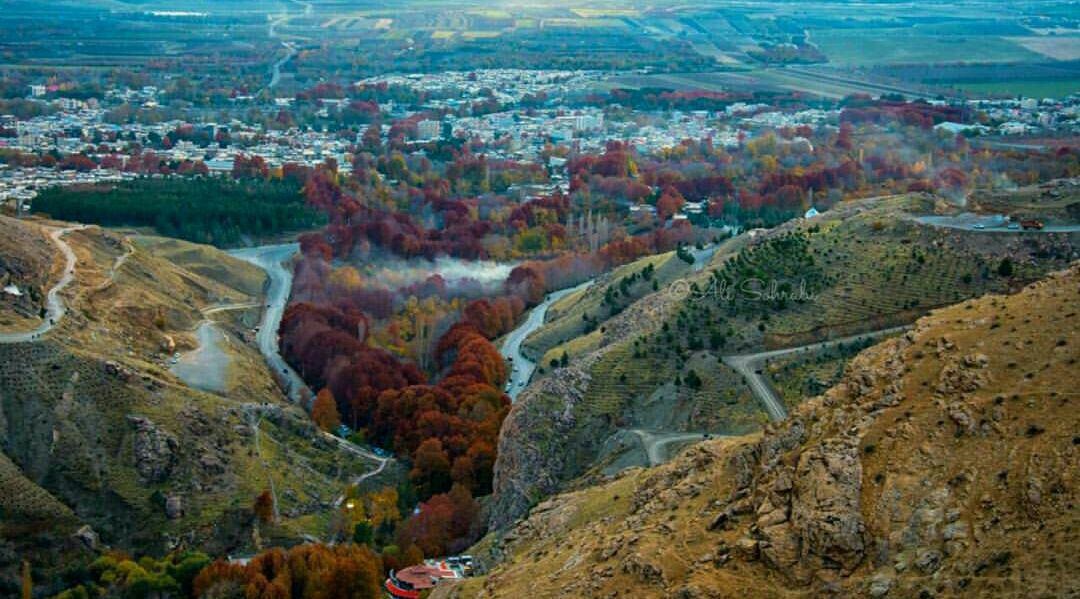Kermanshah is the ninth most populated city and one of the big cities of Iran and the capital of Kermanshah province in Iran, which has a population of 884,706 people and an area of 93,389,956 square meters. Kermanshah city is the largest Kurdish city and the most important city in the central region of western Iran. Kermanshah is one of the historical and cultural cities of Iran, and its origin dates back to the 4th century AD, and from that time until the Arab invasion of Iran, it was the second capital of the Sassanid government. During the Seljuk period in the 11th century, Kermanshah was chosen as the chief city of Kurdistan. In the Middle Ages, the city of Kermanshah or Qarmisin was known as one of the four districts of Ajam Iraq. At that time, the state of Jabal was often called Iraq Ajam, so as not to be confused with Arab Iraq, which roughly corresponded to the area of ancient Media. Eleven centuries after the Arab attack on Iran, this city regained its urban form during the Qajar era and due to its location at the intersection of the two axes of North to South and East to West, as well as its neighborhood with Iraq and being on the way to the pilgrimage cities of Karbala. And Baghdad is of great importance. This city played a significant role in the constitutional movement and was captured by foreign forces in World War I and II and was evacuated after the end of the war. Also, this city suffered a lot of damage in the Iran-Iraq war.
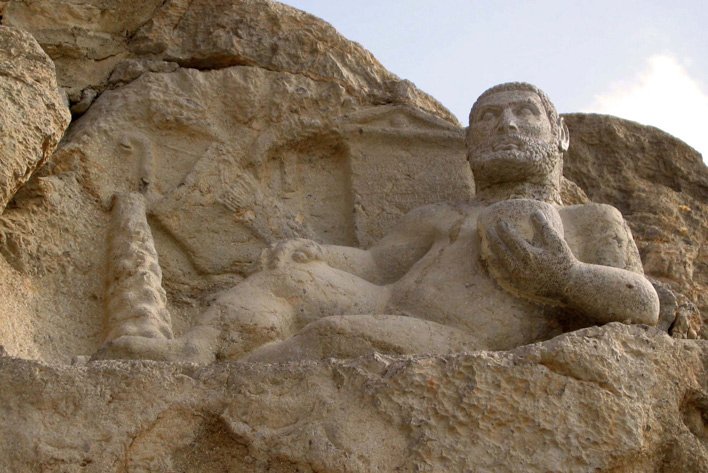
The city of Kermanshah ends at Farkhshad Mountain from the north, Taq Bostan Mountain from the northwest, and Sefid Koh from the south.
The city of Kermanshah has a mild mountainous climate. In the 4th century AD, the city of Kermanshah, which was a village with a pleasant climate at that time, was chosen as the second residence of the Sasanian kingdom. During the Sassanid era, large gardens were built in this area and it has been a place of pleasure for Sassanid kings for a long time.
Kermanshah is the agricultural center of Iran, and most of the business income of this city comes from this way. Also, the amount of export of foodstuffs, construction materials and handicrafts of Kermanshah in the first 3 months of 2018 includes a total of 9% of the total exports of the country.
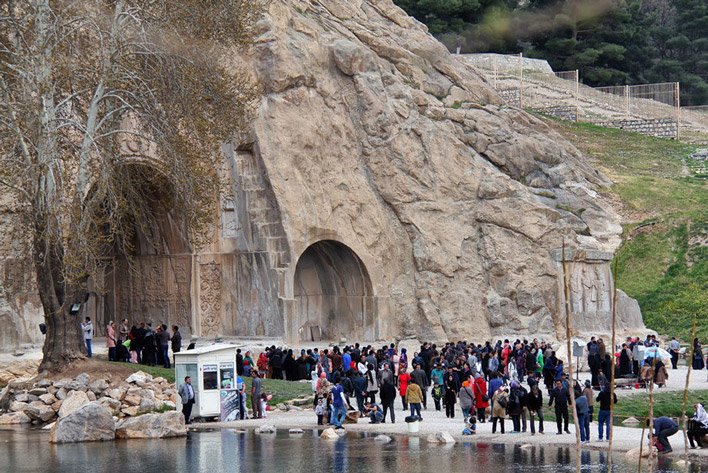
History of the name Kermanshah
Kermanshah has had different names in different periods, which usually changed from one government to another. In its oldest form, Kermanshah was first called Elipi in ancient times and during the rule of the Kasis, and in the Achaemenid era, Kermanshah was called Kambadan. It is called Karmisin, Karmisin, Kerminshan, etc.
After Islam, the Arabs changed the name of Kermanshah to Qaramsin, and in later periods Kermanshah was called Kermanshahan and Kermanshah. After the victory of the 1957 revolution, the name of Kermanshah was changed to Kahramanshahr and a little later to Bakhtran. But since this was accompanied by widespread protests of the people, as a result, the name of the city was changed to its old name shortly after with the efforts of Ismail Tatari and with the legal approval.

The name of Kermanshah in legends
In legends, the city of Kermanshah was built by Tahmorth Deoband, the legendary king of Pishdadians.
Beliefs about the name of Kermanshah
There are different beliefs about the naming of Kermanshah, some believe that the name of Kermanshah is attributed to Bahram IV, who was the king of Kerman in the 3rd to 4th centuries AD, and after the establishment of Kermanshah, the city was called by his name.
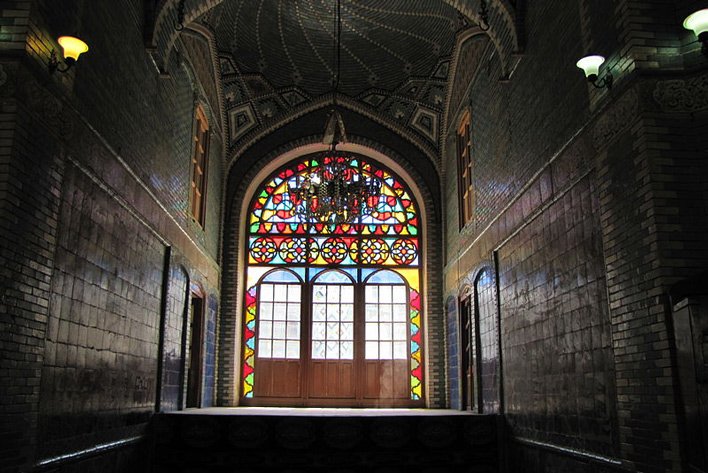
Ancient history
Kermanshah, which is located in the middle of the Zagros mountain range, has always been the focus of Stone Age people due to its climate, mountainous nature, and the presence of natural shelters and caves.
Kermanshah is one of the most rich and important regions in Iran and West Asia in terms of the remains of prehistoric settlements. The oldest traces of human habitation in Kermanshah belong to the Paleolithic period, which includes some stone hand axes found in the Gakieh region and western Hersin. These artifacts are at least 200,000 years old. Important artifacts from the Stone Age have been discovered in the caves of Kermanshah, most of which are related to the Mesolithic and Neolithic periods.
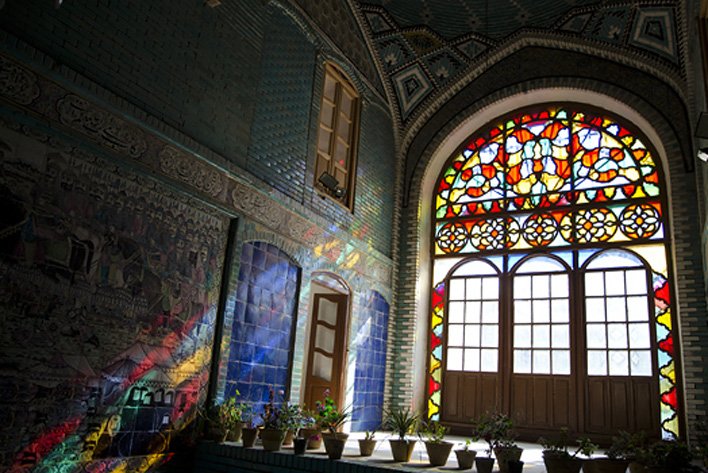
The people of Kermanshah recorded many firsts in history in their name in ancient times; The first humans who left the cave-dwelling around 9,000 years ago and turned to a sedentary life were the inhabitants of this landscape who produced the first raw clay and used it in the construction of houses and industry. And the first village in the Middle East in Neolithic Darwan from 9800 BC. AD to 7400 BC M is formed in this place. Kermanshahs were the first people who started industrial activities with the invention of pottery in ancient Darwan, and many prehistoric artifacts have been found in Kermanshah.
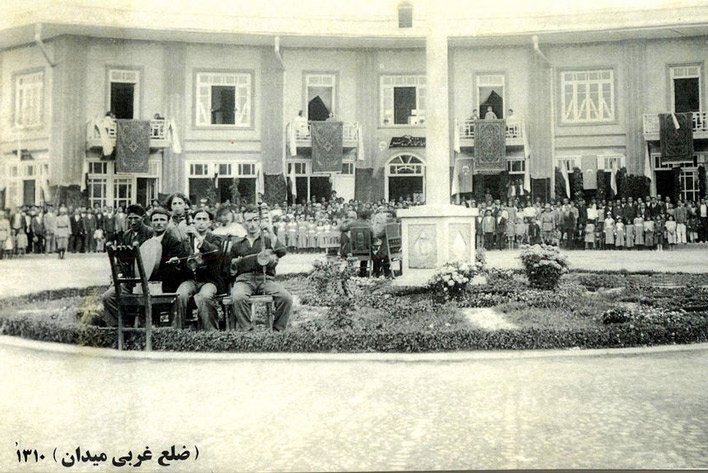
Location
The city of Kermanshah leads from the north to Mount Farkhshad, from the northwest to Mount Taq Bostan and from the south to Mount Sefid, which is located in the central part of Kermanshah province at 47 degrees 4 minutes east and 19 degrees 34 minutes north and has a distance of 24,500 km. The square is 1200 meters wide and 1200 meters above sea level. Kermanshah is one of the communication highways between East and West and the oldest passage for pilgrims to the holy places, which is why it has left cultural and spiritual effects. Kermanshah is located at the gate of Zagros. The Zagros mountain range, which separates the Iranian plateau from the neighboring lands, on the way to Kermanshah, leads to vast plains and mostly separate mountains and vast valleys, which have been used to reach the middle rivers since ancient times.
The land distance of Kermanshah city in favorable conditions is 390 km to Baghdad, 590 km to Tehran from Saveh highway and 510 km from Qom highway to Khosravi border (Iran-Iraq border) about 200 km and the air distance to Tehran is 413 km. .
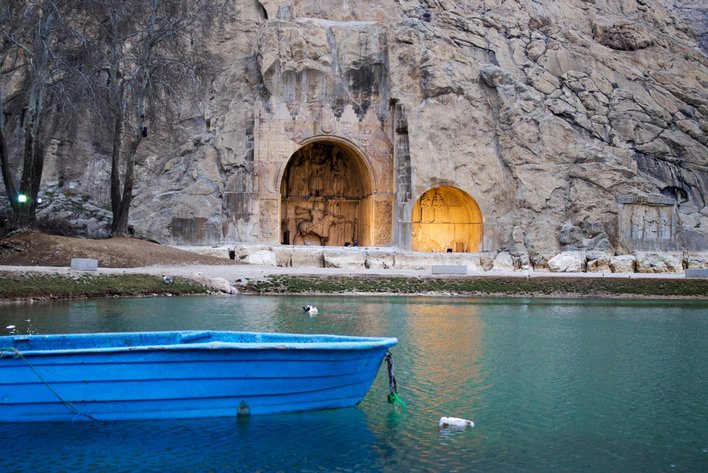
weather
Kermanshah city has a moderate mountainous climate. In the 4th century AD, the city of Kermanshah, which was a village with a pleasant climate at that time, was chosen as the second royal residence of the Sassanids. During the Sassanid era, large gardens were built in this area and it has been a recreational place for Sassanid kings for a long time. In the Islamic era, the city of Kermanshah has been described many times as a city with a pleasant climate, where the waters flow, where there are many trees and fruits, and where the goods are cheap.
He-Qabad- from Mada'in to the Balkh River, he did not find any land whose air was nicer, whose water was clearer, and whose breeze was more pleasant, from Kermanshah to Hamadan-Asadabad pass, that is why he built Qarmsin.
The most sunny hours in Kermanshah reach 2999 hours, the most sunny hours are in July and August and the least in January and February. The climatic and ecological situation of Kermanshah province, according to the average annual rainfall and relative humidity, is such that its mountains and plains are generally covered with forests and pastures, and in some places, there are irrigated and rainfed agricultural lands. The average annual temperature of Kermanshah is about 14 degrees Celsius and the annual rainfall is 456.8 mm.
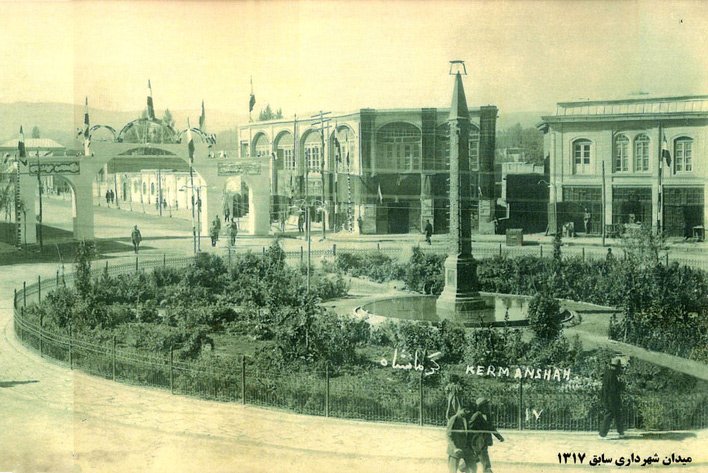
Economy
Kermanshah is the agricultural center of Iran and most of Kermanshah's business income comes from this way. There are two industrial towns in the area of Kermanshah city, where more than 256 industrial and production units have been built. This city can have impressive industrial activity in terms of cheap labor. The export of food, construction materials and handicrafts of Kermanshah only in the first 3 months of 2008 includes a total of 9% of the country's exports. In 2008, Parviz Khan's border bazaar won the first rank among the country's border bazaars. In the first six months of 2007, more than 238,652 tons of non-oil goods valued at 1,531 million dollars were exported from the export terminals of Kermanshah province, and it also took the first place in the export to Iraq and the eighth place in the export of Iran. The most important factories in Kermanshah are: sugar factories, Kermanshah Refinery, Anahita Oil Refinery, Kermanshah Petrochemical Complex, West Cement Factory, Saman Cement Factory, Kermanshah Citric Acid Factory (the only citric acid factory in the Middle East).
Kermanshah Oil Refining Company
In 1301, the presence of crude oil in sufficient quantity in the west of Iran was proved, and from this time the extraction and refining activity started with the establishment of Kermanshah Oil Refining Company, which was called "Kermanshah Refinery" at that time.
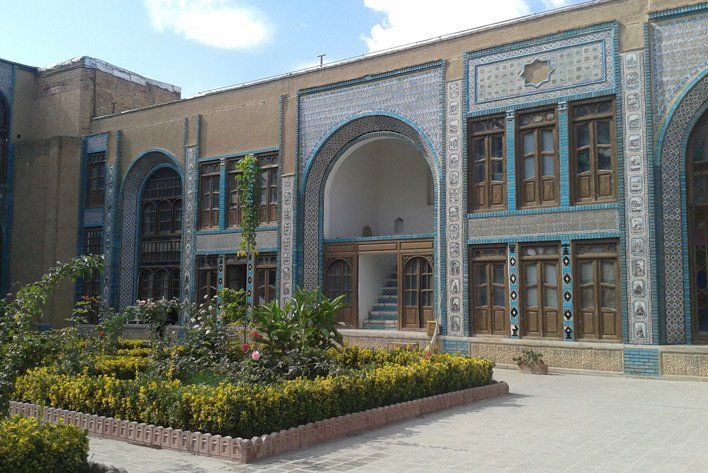
Kermanshah Oil Refining Company is located in the center of the city after the expansion of Kermanshah, but it is one of the green industrial units of the oil industry with 126,000 square meters of green space.
international Airport
Ashrafi Isfahani International Airport is used as the most standard and most important airport in the west of the country.
Foreign flights: Dubai, Damascus, Jeddah, Sulaymaniyah.
Domestic flights: Tehran, Mashhad, Kish, Bandar Abbas, Kerman, Shiraz, Asalouye, Sari.
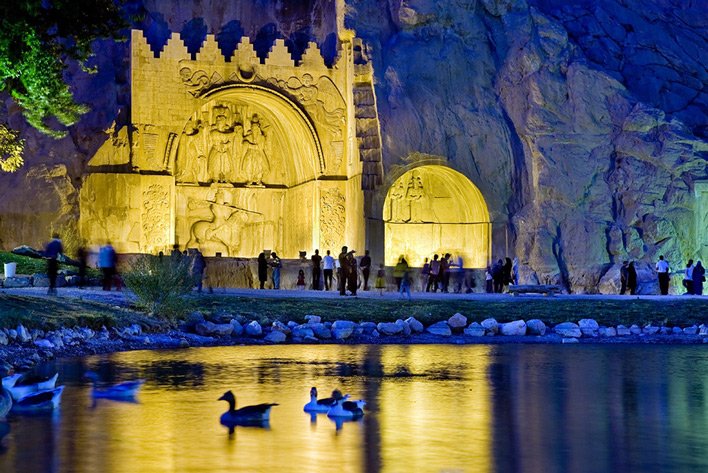
rail
In 1355, studies were conducted for the construction of the Kermanshah railway, but this operation was not implemented after the start of the Iran-Iraq war, and after that this project was forgotten until the sixth parliament. The Kermanshah railway project is carried out in three phases. The first phase of Arak-Malair, the second phase of Malayar-Kangavar and the third phase of Kangavar-Kermanshah. The construction of this project started in 1380 and was supposed to be completed in 1385, but the executive operations of Kermanshah Railway started again in 1385 and it was stated that this project will be completed in 1387. Meanwhile, in 1388, the phase Second, the project had not yet started. One of the reasons behind the delay of this project is the allocation of the country's railway project budget, including the Kermanshah railway, to the Bafaq-Mashhad railway project, which resulted in the completion of the Bafaq-Mashhad project four years ahead of schedule. The construction of this project will be connected to Kermanshah by the end of 1390 and to the border of Khosravi and to the Khanaqin railway of Iraq by the end of 1392. However, the end of this project in the appointed time seems unlikely.
Urban Train
On May 12, 1386, the 14-kilometer Kermanshah rail line was approved by the Supreme Traffic Coordination Council, and on July 15, 1387, the Kermanshah Urban Train Organization was established. This urban train line includes 11 stations and connects Ferdowsi Square to Taq Bostan Square, and this project will be completed in five years. The construction of Kermanshah urban train line was changed to monorail in 2008 and it was decided that some parts of the route It can be used underground and in some others by air to transport passengers. In this way, the cost of implementing this project will be reduced by 50% and it has been stated that due to "engineering thinking and modification of the consumption pattern", Kermanshah urban train has been changed to monorail.

Historical monuments
Before Islam, Kermanshah was considered one of the important cities of Iran, and after Islam, it was repeatedly attacked by Arabs. Mas'ar Ibn Mehlhal, who visited the ancient palaces of Iranian kings in Kermanshah in the 4th century and wrote a description of their destruction by the Arabs. Although this issue is doubtful considering the time interval of Ibn Mahlahl's Mas'ar from the beginning of Islam; Especially considering that Kermanshah - which the Arabs called Qarmisan - was a prosperous and prosperous city during the time of Bani Abbas.
The pre-Islamic historical attractions of the city of Kermanshah are mostly the remains of the Sassanid era, the chief of which is Taq Bostan, which is considered the symbol of the city of Kermanshah, and below the historical site of Taq Bostan and the historical city of Kambadneh, there is an area called Shikargah Khosroparviz. which was used for recreational hunting during the time of Khosroparviz, which are depicted in the reliefs of Taq Bostan. Biston inscription is one of Iran's registered works in the UNESCO world heritage, located on the slopes of Biston mountain.
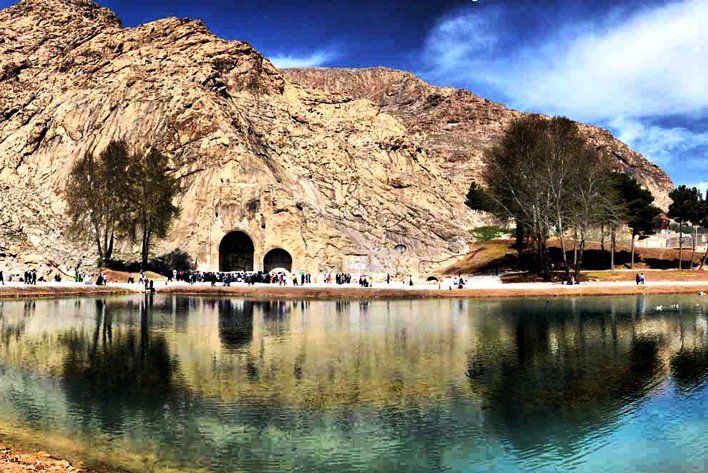
Taq-e Bostan
Taq Bostan is a collection of petroglyphs and inscriptions of the Sasanian period located in the northwest of Kermanshah. This complex was built in the third century AD and has great artistic and historical value. Several historical scenes, including the coronation of Khosrow Parviz, the coronation of Ardeshir II, the coronation of Shahpur II and III, as well as some stone inscriptions (inscriptions) have been carved in it. 0
Bisotun inscription or Bistun inscription is one of the Achaemenian era works located thirty kilometers from Kermanshah city at the foot of Bistun mountain. The Biston inscription is one of the most important and famous documents of world history and the most important historical text during the Achaemenid period, which describes the victory of Darius the Great over Gomate the Magh and arresting the rebels. Since 2006, this work is one of Iran's registered works in the UNESCO World Heritage.
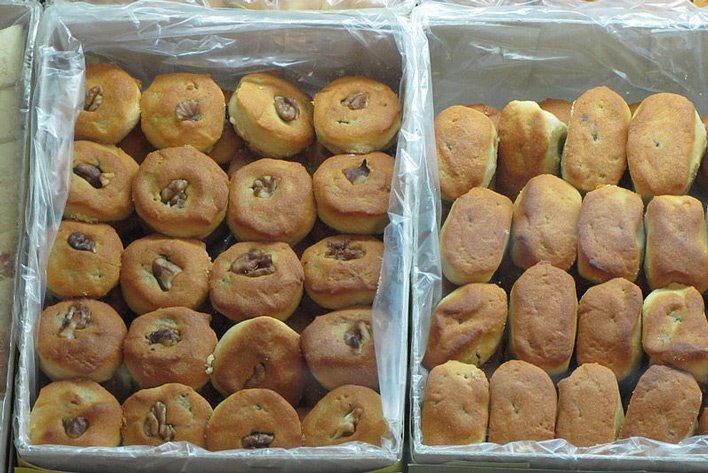
Historical monuments of the Qajar period
Most of the historic buildings after Islam in Kermanshah are more related to the Qajar period, when Kermanshah city was noticed because of its location, these buildings which are near the market of Kermanshah and Faiz Abad neighborhood; The old neighborhood of the city includes old mosques, takayas and old houses, the market of Kermanshah, which was divided into four quarters during the Pahlavi period, contains most of these buildings in itself and its surrounding areas, which include the support of the viceroy, the mosque of Imad Doulah, the mosque of Jame. Kermanshah, Jame Shafi'i Mosque, Takia Biglarbeigi, Haj Shahbaz Khan Mosque, Shahzad Mosque, Daulatshah Mosque, Khwaja Barukh House, etc.
The takayas of Kermanshah city and most of the historical mosques of this city belong to the Qajar and Pahlavi eras, and the old architecture of the city has also sunk into this atmosphere. The Tekeya of the Viceroy of Malik is the most famous work of the Qajar period in Kermanshah city, which is distinguished by its unique tiles from other Tekeyas. This building was built in the old context of the city in the neighborhood of Abshuran, which was built by the order of Hossein Khan Moin al-Raaya in 1315 AH. The city of Kermanshah currently has 76 mosques, 11 cultural centers and 8 public libraries.
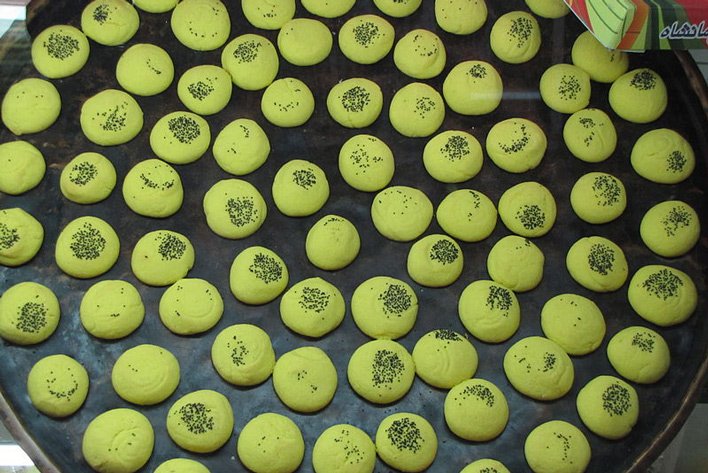
Promenades
Taq Bostan Forest Park, which is located in the northeast of Kermanshah city, includes mountains, springs, green space, artificial lakes, a collection of Sassanid reliefs, and the hunting ground of Khosrow Parviz. have used the royal hunting ground, which today is used as one of the most attractive areas of Kermanshah due to its recreational facilities and historical monuments.
Also, Prav Cave, the largest vertical cave in the world and the second national natural monument of Kermanshah, is one of the important places for caving, which brings many domestic and foreign cavers to Prav Mountain every year.
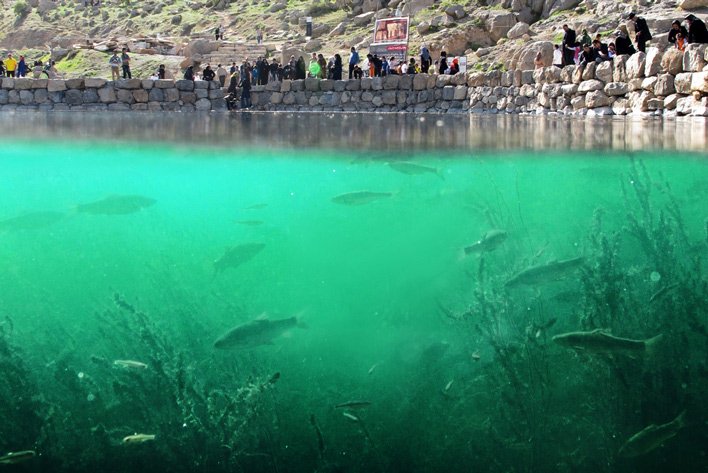
Sightseeing places in Kermanshah
Anahita temple in Kangavar, Kermanshah province
Kermanshah castle cave is the largest water cave in Asia
Kermanshah Castle Cave, the largest blue cave in Asia, is more than 65 million years old and is located 85 kilometers northwest of Kermanshah metropolis on the way from Ravansar city to Paveh city in Kermanshah province.
Bistun Kermanshah (global)
Bistun, Kermanshah including: Bistun inscription, the largest inscription in the world in Kermanshah, Abbasi Caravanserai, Farhad Tarash, the magnificent statue of Hercules, Bistun Forest Park, Bistun Mountain and...
Historical and magnificent collection of Taq Bostan or Taq Bostan!
Sights around Bostan Arch of Kermanshah:
1-Taq Bostan Historical Complex 2-Kohustan Park 3-Eastern Park and Western Park 4-Khosroparviz Hunting Ground and.....
Bostan Arch, Kermanshah (Global)
Taq Bostan Bozor is located in the historical city of Kermanshah and in the north of Kermanshah city. People all over the world of Kermanshah know Taq Bostan (Taq Bostan) and Bistun and its traditional markets.
Kermanshah Mountain Park
The mountain park of Kermanshah is located near the historical complex of Taq Bostan in the north of Kermanshah. The mountain park is one of the largest and most touristic parks in Iran and Kermanshah and has two large waterfalls with beautiful lighting.
Mirage of Niloufer of Kermanshah
Sarab Niloofar in the west of Kermanshah metropolis is considered to be one of the most spectacular and exemplary resorts in Kermanshah and western Iran, and it hosts a large number of compatriots and tourists every year.
Kermanshah bird garden
Kermanshah bird garden is located in the western belt of Kermanshah city, in front of the Karbala road terminal and near the flower garden.
Flower Garden, Kermanshah
The flower garden of Kermanshah is the largest and most beautiful flower garden in the country with more than 5 hectares with different plant species, which was put into operation this year in the middle of the West Road Garden and near the bird garden of Sadaf Kermanshah. The flower garden of Kermanshah is in the western belt (Bagh Rah West) Kermanshah metropolis, not reaching Kermanshah bird garden.
Haj Shahbazkhan mosque and historic bathhouse - Kermanshah metropolis
The beautiful and historical mosques of the city of Kermanshah are: 1-Imad-Doleh Mosque 2-Haj Shahbaz Khan Mosque 3-Ayatollah Borujardi Mosque 4-Chelston Mosque (comprehensive) 5-Shafii Mosque 6-Dolatshah Mosque 7-Prince Mosque 8-Nawab Mosque and...
Imad Doulah Mosque is one of the beautiful and historical mosques of Kermanshah city, which is located in the center of Kermanshah city, on Modares Street and Zargarha Bazaar, and is more than 140 years old.
Traditional markets of Kermanshah
Kermanshah traditional market: address: Kermanshah- center of the city- Modares street- in front of Kermanshah Jame Mosque
Kermanshah has two very beautiful and historical pillars that must be seen closely:
1-Tikieh Vice President: Address: Kermanshah - City Center - Haddad Adel St
2-Takieh Beglarbeigi: address: Kermanshah-city center-Modares St. in front of Jam Mosque
